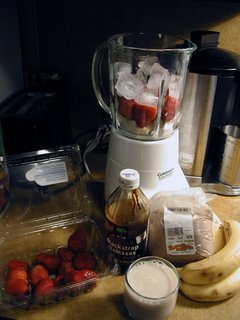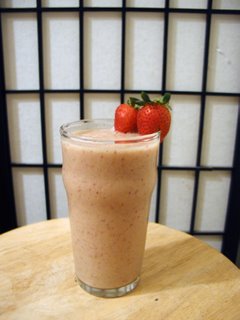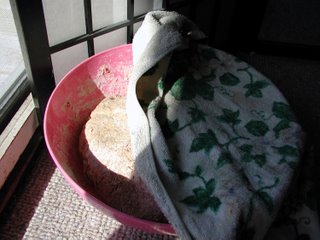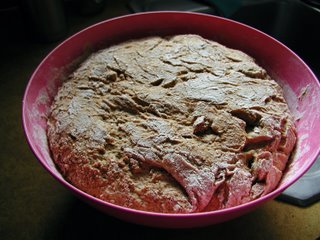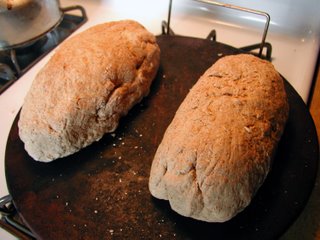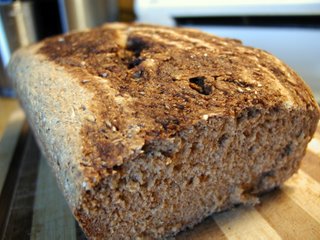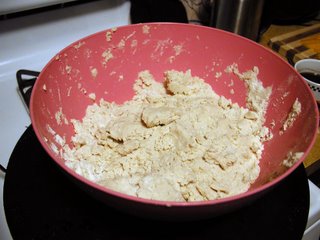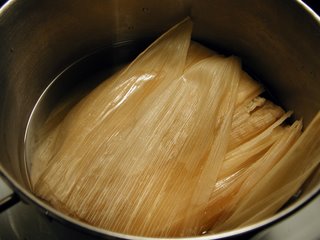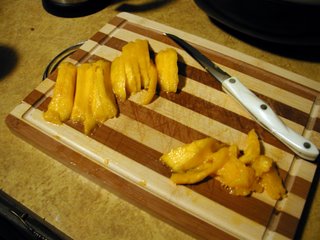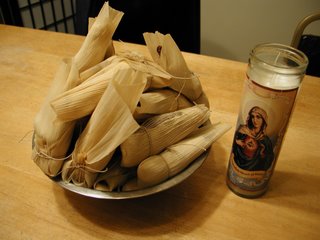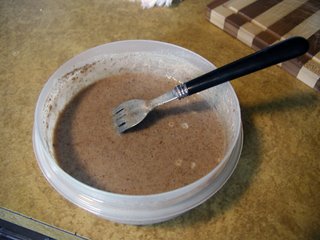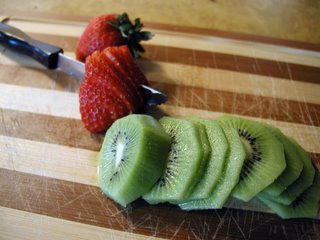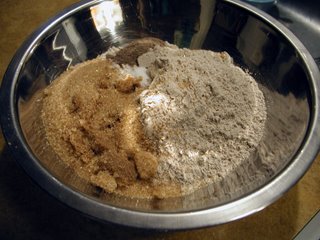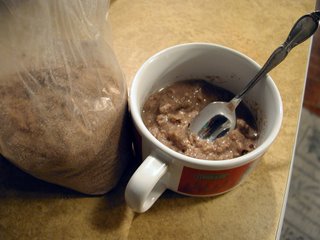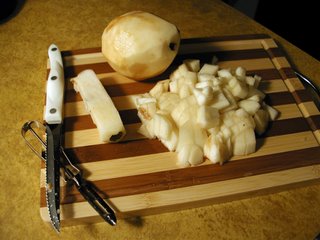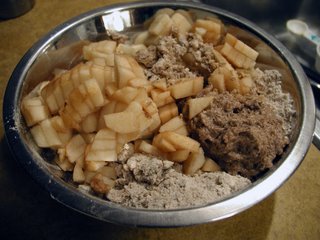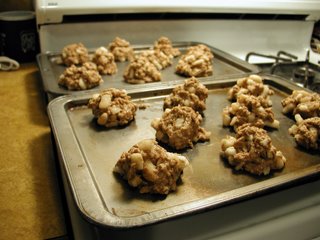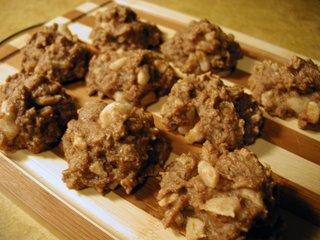Paella
My mom gave me a paella pan and some special rice for Christmas and I hadn't had a chance to use it until now. San Chez, downtown, makes very good paella, if you've got else to to do for 45 minutes. But, it's snowing out (not good for biking) and I've got no one to bring, so homemade was the natural choice.
After making this, and giving some to my friend Abby, we decided that the fennel seeds can be left out.
Ingredients:
Olive oil (not pictured)
3 tablespoons minced garlic (about 3 cloves)
1 medium red onion
1 Tablespoon of fennel seeds
2 cups paella rice (arborio is apparently a good substitute)
3 medium tomatoes
A few strands of saffron
1 teaspoon thyme
.5 to 1 teaspoon cayenne
16 oz vegetable broth (I made my own)
1 cup to 1.5 cups dry white vermouth
2 red or yellow bell peppers (the green are not as sweet. I think it's the capsaicin that developes differently)
1 cup Brussells sprouts, or broccoli
1 can (14 ounces) of quartered artichoke hearts
1 cup mushrooms
1 cup snow pea pods
Cilantro for garnish

Start off by chopping up all your vegetables. Put the onions (diced) in one pile, the tomatoes (sliced thin) in another, and everything else (chopped into 1-inch pieces) in another.

Paella pans have little indentations on the bottom, kind of like golf ball dimples. These help distribute heat evenly, so the rice cooks like it should. They also keep the pan ridgid and prevent warping. Some people say the dimples are just there to make the pan look like an old-fashioned hammered pan. Others hold none of this to be true. Armed with this incediary grasp of paella trivia, put the pan on medium heat and drop a few tablespoons of olive oil into it.

Throw your onions, garlic, and fennel (optional) into the pan and sweat them out.

After a few minutes, add the rice and spread it around. You'll want to cook this rice in the onion and garlic sautee for about a minute.

Now add the vegetable broth, vermouth, tomatoes, thyme, saffron and cayenne.

Stir this all up and bring it to a boil.

Add the rest of the vegetables (all except the pea pods) and bring it to a boil again. Then, turn the heat down and simmer the paella, while covered for about 20 minutes, or until the rice has absorbed the liquid. I used a large round pizza pan to cover it. If the rice is still a little firm afterwards, feel free to add more vegetable broth and cook longer.
Here's another bit of trivia. Sometimes you will get rice that sticks to the bottom of the pan. This is called socarrat and it's actually the sign of good paella. Some people consider it an aphrodisiac. I will have to test this out, as my Mexican relatives never let on to the secret of their own latin flavor. Make sure you don't go too far trying to cultivate a crust of burnt rice on the bottom of the pan, though. Too much socarrat will make the paella taste like burning.

Now you can add your pea pods. They're delicate and lose texture faster than the other vegetables, which is why you add them last. Cook the paella, uncovered, for another few minutes and you're golden.

Traditionally, paella is eaten right out of the pan. If you've got company over, hand out the silverware and go to town (at the dinner table, of course). If you're by your lonesome, use a bowl. If your girlfriend is over, share a bowl and eat it while watching the "Free Tibet" concert DVD you bought years back.
Variations:
Traditional paella uses chicken, sausage, and seafood. Mine obviously doesnt. If you want a protein substitute, try adding seitan or tempeh when you add the tomatoes, liquid and spices.
Labels: aphrodisiac, hot food, paella, recipe, rice, share, vegan, winter









